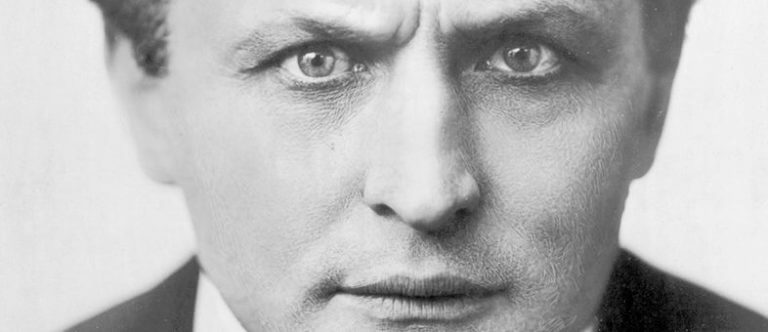The Real Secrets: Improving Your Memory (pt. 2)
We left our previous discussion, in part 1, with one of the cornerstones of all memory technique, the linking method. If you missed that article, then this won’t make much sense, so please go read that first!
Also, a couple of great resources if you’re interested in learning more are Moonwalking with Einstein and The Memory Book.
At the end of the last article, I challenged readers to use the linking method to memorize a list of seemingly random words. I also promised to reveal the importance of this list, so here you go!
If you’ve memorized those items, you now know the top 20 countries in the world in order of population (as of today, at least). Drumroll please…
- Teacup (China)
- Indian (India)
- US Flag (USA)
- Mud Coffee (Indonesia)
- Brazil Nut (Brazil)
- Pack of Music Stands (Pakistan – “pack of stands”)
- Niger River (Nigeria)
- Bang on a Desk (Bangladesh)
- Nesting Dolls (Russia)
- Ramen (Japan)
- Sombrero (Mexico)
- Phillips Screwdriver (Philippines)
- Eating Opal (Ethiopia)
- Vietnam War (Vietnam)
- Pyramid (Egypt)
- A Turkey (Turkey)
- Hefeweizen Beer (Germany)
- Running Quickly (Iran – “I ran”)
- Gorilla (DR Congo)
- Tying Shoes (Thailand)
This exercise shows how effective memory technique can be for studying. It isn’t limited to simple grocery lists. If you can think of creative ways to link ANYTHING as a picture, you can remember it.
Think of U.S. state capitals. An example would be California and Sacramento. When I think of California, I think of surfers. And Sacramento sounds like sacrament. So I imagine a surfer receiving communion in a Catholic Church. As another example, Juneau is the capital of Alaska. I picture a June bug trapped in a block of ice. Using this technique, you can memorize all the capitals in about an hour. Sure beats rote learning!
Another example, in the business world, is memorizing speeches. Let’s say you know all the information, but you need to remember the order of your slides without having notes.
Maybe your speech looks something like this:
- General overview of past year
- Top leaders
- Sales goals
- Biggest problems your company is facing
- Analysis of competitors
- Changes for new year
This is a very broad overview, and maybe there are many components to each of these. The linking method will work no matter how long this list! I would picture (i) a general speaking with (ii) all of his lieutenants, then (iii) boarding a ship with large “sails.” They run into (iv) rough water, then (v) some other ships try to overtake them. To conclude, they (vi) change course and move to smoother seas.
By linking information this way, you take a series of ideas and create a story arc that you can remember with ease.
Have any other ideas for ways to use the linking method? Email me and let me know your thoughts!
Kevin Viner
I’m a professional mentalist who travels the world performing. Beyond my profession, my interests include writing music, guitar, aviation, martial arts, and mathematics.






